Iraqi Prime Minister Mohammed Shia’ Al Sudani called for the withdrawal of coalition troops last week after a U.S. strike took out an Iran-backed militia leader in Baghdad. The continued presence of these troops—mostly U.S. forces—is controversial not just because of the violence that has broken out in Iraq in the wake of the war between Israel and Hamas, but because both sides have hidden agendas. The ambiguity caused by these agendas was in a convenient balance until the Gaza conflict began. But now pressures, primarily domestic but also international, may force change.
Let’s stipulate that in general, no country likes having foreign troops stationed on its soil. When a foreign presence is accepted, it’s generally reluctantly, as a “necessary evil.” Even close partners may resent their territory serving as a platform for allied servicemembers. And of course the resentment in Iraq is often more intense, resulting from the occupation after the 2003 invasion. Partially spurred by this resentment, more extreme (read: Iranian-aligned) elements of Iraq’s Hashd—the umbrella term for a collection of militias, also called the PMF, primarily (though not exclusively) Shiite and nominally controlled by the Iraq government—have conducted a series of attacks on U.S. facilities throughout Iraq.
When the United Nations mandate expired in 2008, the United States negotiated an agreement for its troops to remain through 2011. The United States often referred to this agreement as a Status of Forces Agreement, or SOFA, but a more accurate name of the document was the “Withdrawal Agreement” and the Iraqis referred to it as such. In 2011, despite some expectations and attempts to permit a residual U.S. force in Iraq, the Withdrawal Agreement went into effect and the U.S. presence ended, with the last troops leaving in December of that year.
Those who had predicted chaos upon the departure of U.S. forces certainly felt vindicated in 2014. That year, ISIS swept through Iraqi cities, stopping only at the outskirts of Baghdad. The U.S. reached an agreement with then-Prime Minister Haider al-Abadi: a return of military forces to Iraq in order to counter ISIS. But this return occurred only after several months had lapsed, leading to a perhaps not unfounded belief that it was less about altruism and more about either protecting its interests in Iraqi Kurdistan or countering the growing Iranian presence that had organized the Iraqi Hashd resistance to ISIS from day one.
However, ISIS has been considered defeated in Iraq since 2017 and in Syria since 2019. The coalition declared its combat mission in Iraq over in 2021 (a lag of a few years). So while the 2,500 person force continues to train, advise, and equip the Iraqi military, the Iraqi need for this force is less than obvious, particularly to the Iraqi public. This is not to say that ISIS does not remain a threat—as its recent attack in Tehran (of all places) demonstrates—but a force of 2,500 to counter a group largely reduced to banditry, at least in Iraq and Syria, does seem excessive.
The U.S. presence therefore rests on creative dissembling from both sides. The U.S., while insisting that the force is there under anti-ISIS auspices, is in fact primarily focused on two other missions: countering Iranian influence and supporting its mission with the Syrian Democratic Force (SDF) Kurds in Syria (which is admittedly much more ISIS focused). Meanwhile, the Iraqis, while nominally opposed to the U.S. presence, are fully aware—at least at senior levels—of the political benefits and international legitimacy that flow from it. They very much wish it to remain.
It is in the tension between the public and private positions of each side that we find the current ambiguous situation. While the U.S. presence is beneficial to the Iraqi government, our unstated mission of countering Iranian influence makes it—in the eyes of the most Iranian-loyal militias—a legitimate target, particularly with U.S. support of Israel in the Gaza conflict so controversial in the region. And make no mistake, it is the Gaza conflict that has brought this uneasy tension to a boiling point.
Prior to October, the U.S. presence in Iraq had fallen under what Iraqis described to me as “the Truce.” The militia factions inside the government (the Badr Corps and As’aib al Haq ) had been able to force on the militia factions outside the government (the Nujaba Movement and Iraqi Hezbollah) a ceasefire with the U.S. presence. The factions inside the government had become, rhetoric notwithstanding, far more interested in making the government work—and, not incidentally, becoming wealthy in the process—than in revolutionary fervor. But this logic does not apply to the factions that remained outside. And with the October Gaza war providing—in their view—a just cause for war, they began to periodically attack the U.S. presence, not only the military, but also the U.S. embassy.
No Iraqi has the standing to appeal to these militia factions to cease their attacks for the good of the country. There once was, but Abu Mahdi Muhandes—a singular Iraqi militia figure who emerged from the Dawa Party and Badr Corps before founding Iraqi Hazbollah and later becoming de facto chief of the Hashd –was killed by the same U.S. airstrike in 2020 that took out Iranian Quds Force leader Qassem Suleimani. As I told the Pentagon at the time, the good news for the U.S. was that killing Muhandes removed all centralized command and control from the Hashd. The bad news—as currently demonstrated—is that killing Muhandes removed all centralized command and control from the Hashd. Further, Muhandes was sui generis—emerging from a unique personal history. He was not the product of an institution. So no replacement is forthcoming. In the absence of Muhandes, while perhaps the leaders of Hezbollah and the IRGC-Qods Force—Hassan Nasrallah and Esmail Qaani, respectively—could implore these two extremist groups to stop the attacks, they do not share the incentives of Iraqi national leaders, and will likely not.
So Prime Minister Sudani faces a dilemma. His preferred outcome is for the attacks to stop and the U.S. force to stay, their presence serving an important signaling function to the international community. But he has no real mechanism to make that happen, though he can hope for a rapid end to the Gaza conflict that might allow tempers to cool. His least preferred outcome is for the U.S. force to stay and the attacks to escalate, both from the rogue militias and the U.S. in response. Baghdad would continue to see violence, at least on American facilities and equities, as well as coalition-launched attacks on Iraq soil, both preemptive and retaliatory. An increasingly violent tit-for-tat will hardly be conducive to international investment and other interactions.
So for Sudani, the prudent course may be a middle path: Eliminate the U.S. presence so that attacks diminish and hopefully stop (though the U.S. embassy continues to present an inviting target). Absent a change in the Gaza situation—which seems unlikely in the immediate future—a rapid negotiation that begins the withdrawal of the U.S. presence may be the least painful for both parties. The rift in diplomatic relations over the withdrawal would be minor compared with a crisis caused by—God forbid—U.S. casualties in a future attack and the type of military response that would follow.
But that does leave some major questions. How does the U.S. then support the efforts of the SDF Kurds in Syria, particularly their maintenance of more than 50,000 ISIS family members in al-Hol camp? What does this mean for the Iraqi Sunnis and Kurds, both of whom draw some geopolitical reassurance from the U.S. presence? And will the absence left by the Americans be filled by Iranians or other geopolitical opponents? These are questions that will have to be dealt with by the entire U.S. security establishment and then implemented by the coalition commander in Iraq.
The future is always contingent. It’s possible that an agreement could be reached with the factions conducting attacks on the U.S. military presence to cease and desist, whether through an arrangement internally or externally brokered. Or everyone could keep their heads down—metaphorically and literally—and attempt to ride out the violence. But it may be that the best balance of risk and reward may be found through the departure of U.S. forces. We must watch in the coming days and weeks whether Sudani’s calls to begin coordination of the U.S. withdrawal are—as some claim—merely for domestic consumption, or whether he has reached a difficult choice to distance an important international partner in order to prevent further escalation.
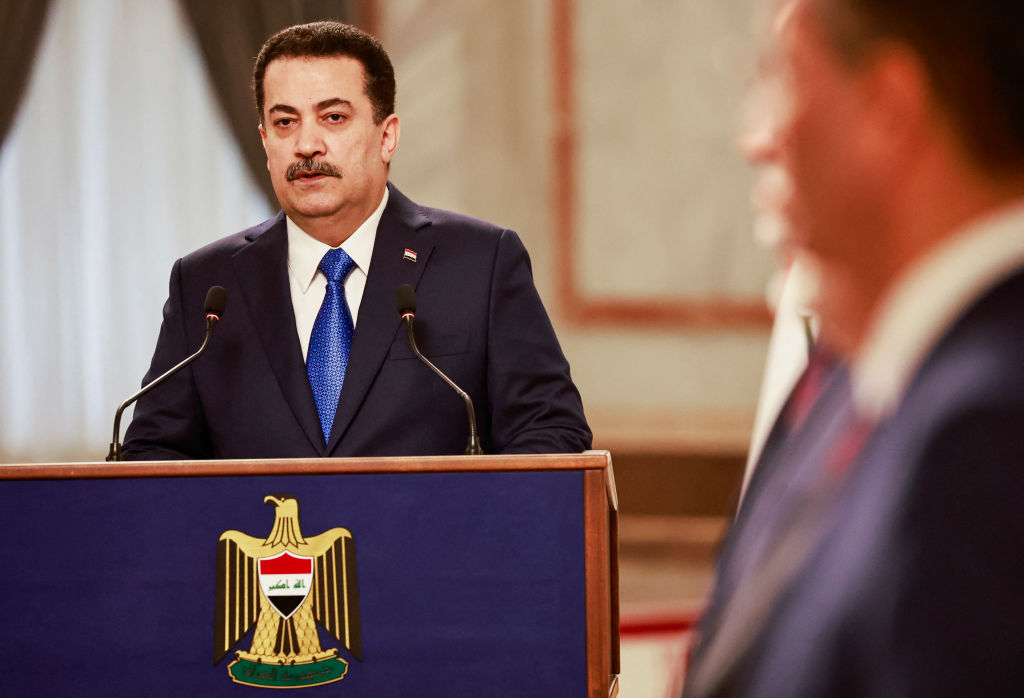
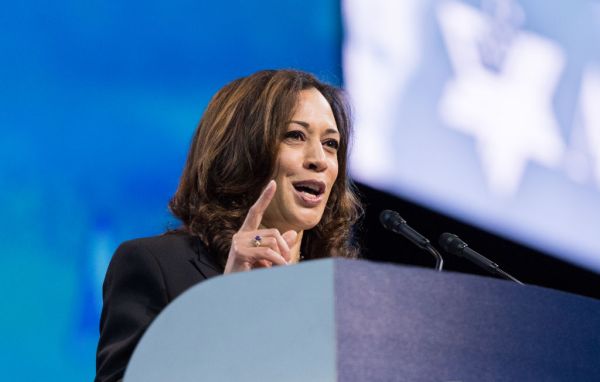
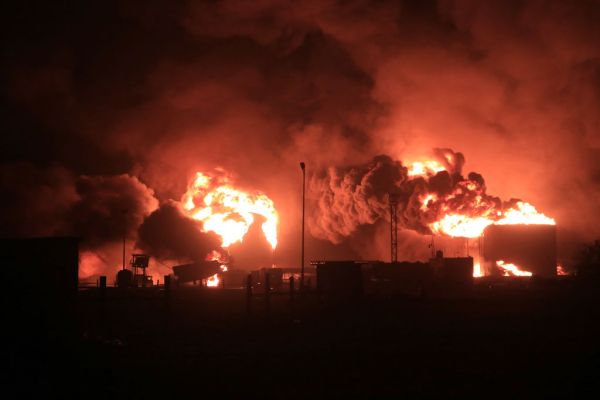
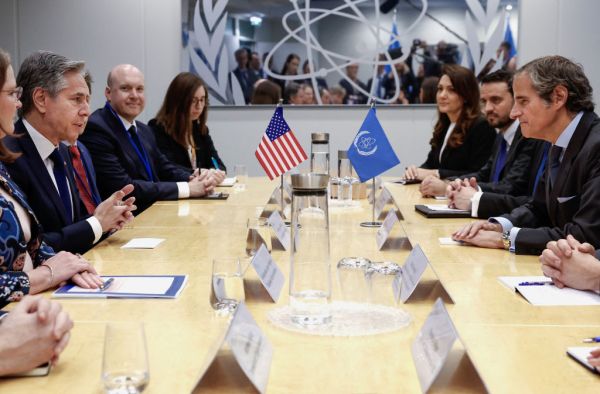
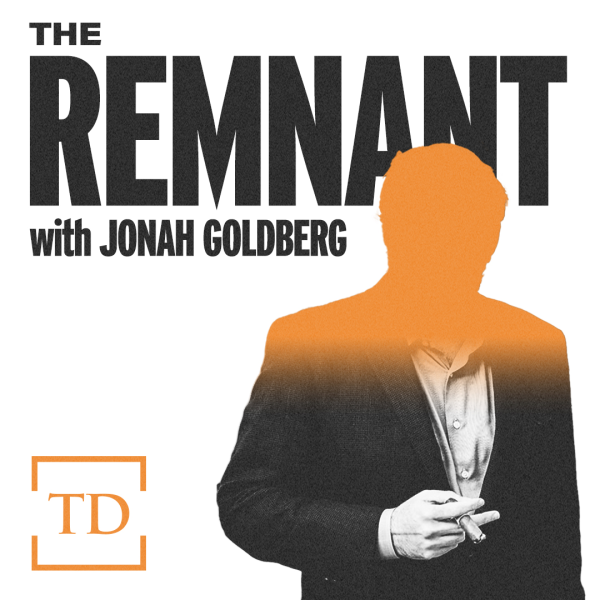



Please note that we at The Dispatch hold ourselves, our work, and our commenters to a higher standard than other places on the internet. We welcome comments that foster genuine debate or discussion—including comments critical of us or our work—but responses that include ad hominem attacks on fellow Dispatch members or are intended to stoke fear and anger may be moderated.